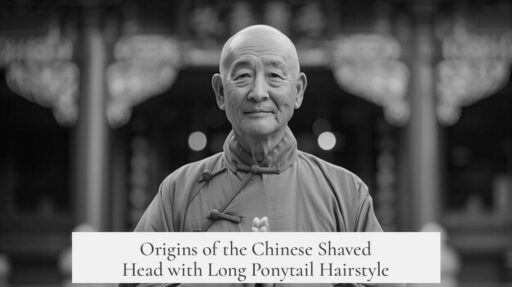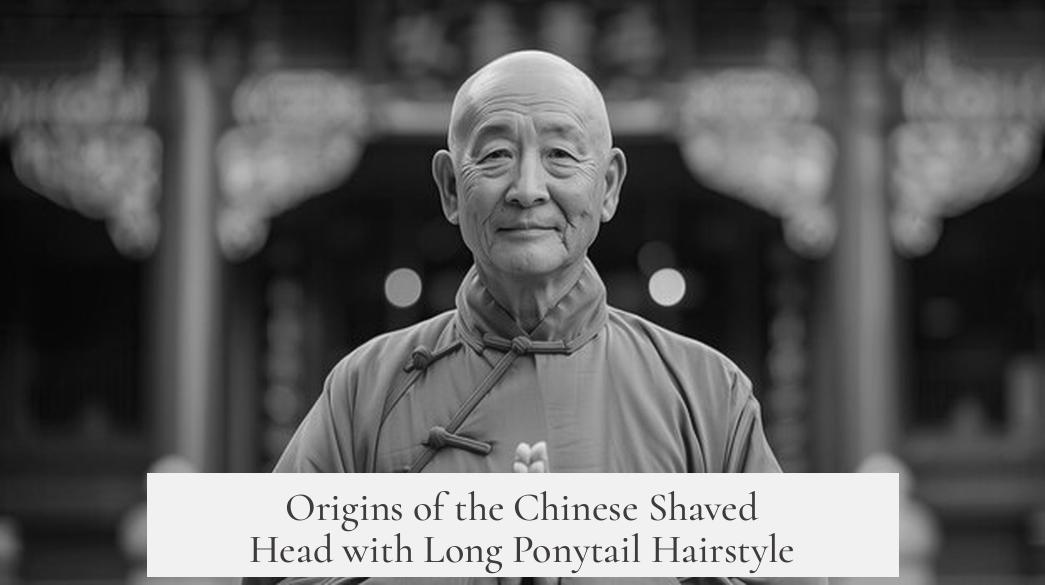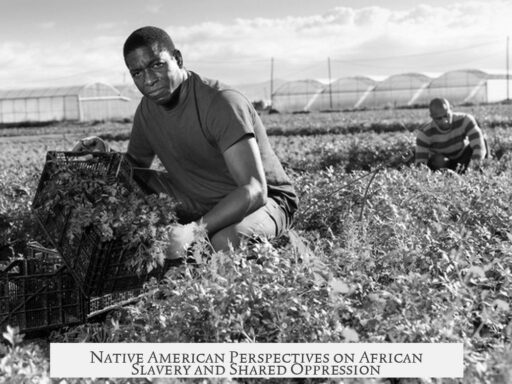The Chinese hairstyle of a shaved head with a long ponytail, known as the queue, originated from the Manchu people of Manchuria and was imposed on the Han Chinese during the Qing dynasty in the 17th century.
This hairstyle was not originally Chinese but a Manchu cultural practice. The Manchus, from central Manchuria, wore the queue with the front and sides of the head shaved while the remaining hair was braided into a long ponytail hanging down the back. The hair on top was shaved above the temples roughly every ten days to maintain the style.
Once the Manchu established the Qing dynasty in China, they mandated the queue hairstyle by law. This initially applied to soldiers and officials and subsequently extended to the wider Han Chinese population. The enforced hairstyle served multiple purposes, with cultural control as a primary motive. It acted as a symbol of obedience to the new Manchu rulers and cultural imperialism to integrate the Han Chinese under Qing governance.
Besides hairstyle changes, the Qing dynasty also regulated dress codes to align Han customs with Manchu practices. For example, the qipao or cheongsam dress, now considered distinctly Chinese fashion, originally came from Manchu clothing traditions.
The queue hairstyle was mandatory from the 1600s until the early 1900s, becoming a deeply ingrained aspect of Chinese society during Qing rule. However, with the fall of the Qing dynasty in the early 20th century, cutting off the queue became a potent symbol of liberation from Manchu control. Abandoning the hairstyle represented a break with the past and a move towards modern Chinese identity free from Qing-imposed customs.
| Aspect | Details |
|---|---|
| Origin | Manchu people of central Manchuria |
| Mandated by | Qing dynasty rulers post-17th century conquest |
| Style Description | Shaved front and sides; long braid at back |
| Enforcement | Initially for Manchu soldiers/officials; extended to Han Chinese population |
| Purpose | Cultural imperialism and demonstration of obedience |
| Symbolic End | Fell out of use after Qing collapse; symbolized liberation |
The queue was a significant cultural marker showing Manchu dominance over the Han Chinese during Qing rule. Men had to shave the front of their heads while growing the back hair long, braided into a ponytail or queue. This hairstyle was strictly maintained and periodic shaving of the scalp was compulsory.
This custom extended beyond mere appearance. It was part of broader cultural impositions including dress codes. The Qing rulers aimed to align Han customs with Manchu traditions for easier control. For instance, the qipao dress, now a symbol of Chinese fashion, also originated from Manchu attire.
After Qing authority weakened and eventually ended, the queue hairstyle vanished quickly. Cutting the queue became a political act symbolizing rejection of Manchu rule. The hairstyle faded as China charted a new path, separating itself from Qing-era mandates.
Understanding the queue’s origin helps clarify its role as a powerful symbol. It was not a traditional Han Chinese style but a Manchu imposition used to assert political power and cultural influence. Its rise and fall parallel the Qing dynasty’s control and eventual collapse.
- The shaved head with a long ponytail is the Manchu queue hairstyle imposed during Qing China.
- The hairstyle mandated Han Chinese men to shave the front and sides and braid the remaining hair.
- It symbolized obedience and Manchu cultural domination.
- The queue became a compulsory identity marker during Qing rule from the 17th century onward.
- Cutting off the queue after the Qing’s fall signified freedom from Manchu rule.
- Similar cultural mandates included dress codes like the Manchu-origin qipao.
- The queue’s history reflects the political and cultural shifts in Chinese society under Qing dynasty control.




